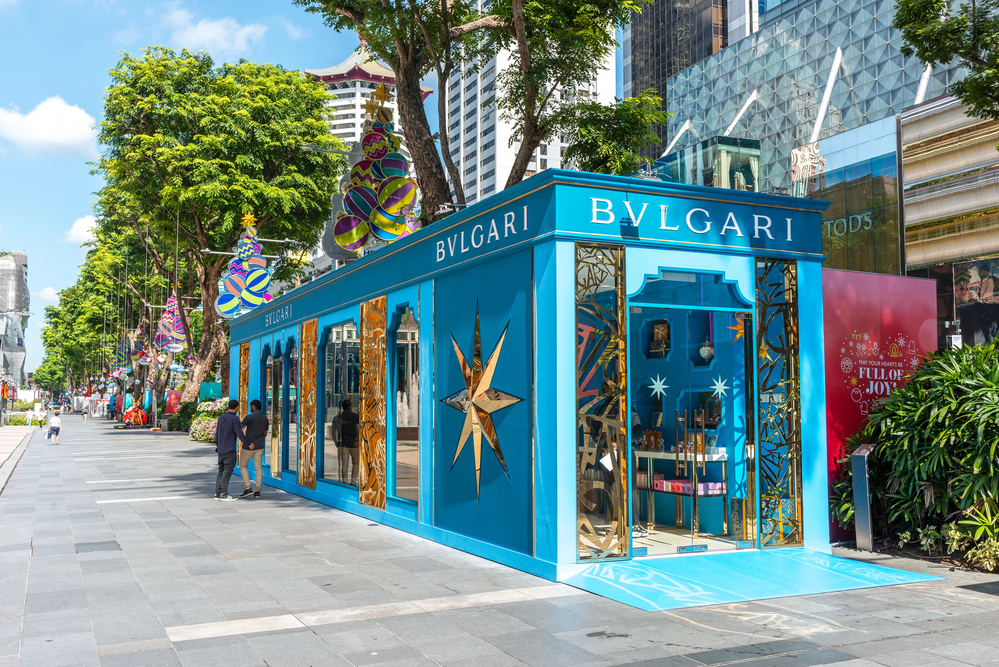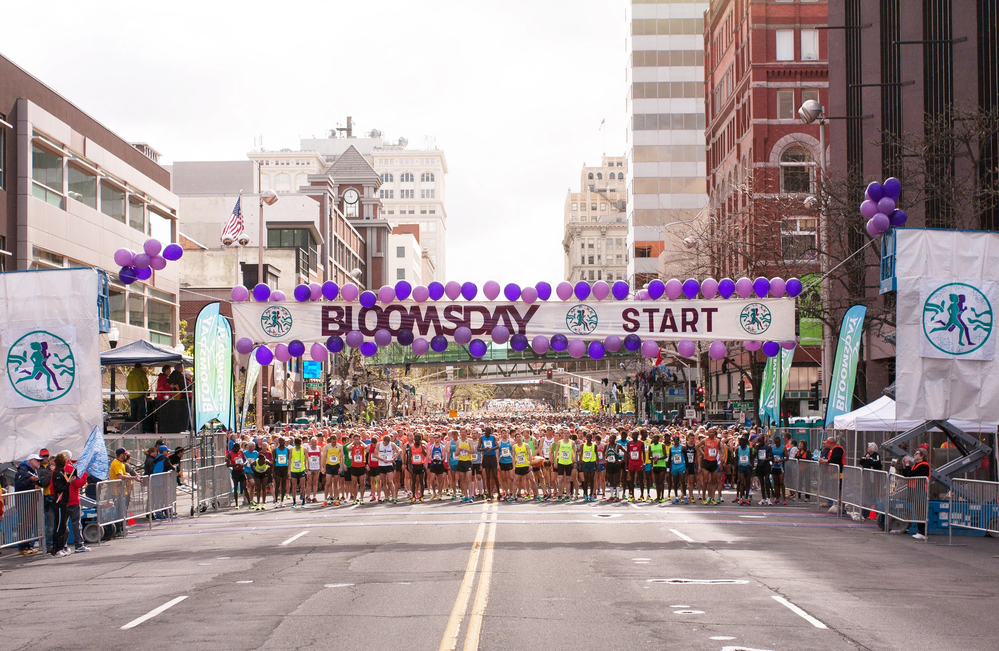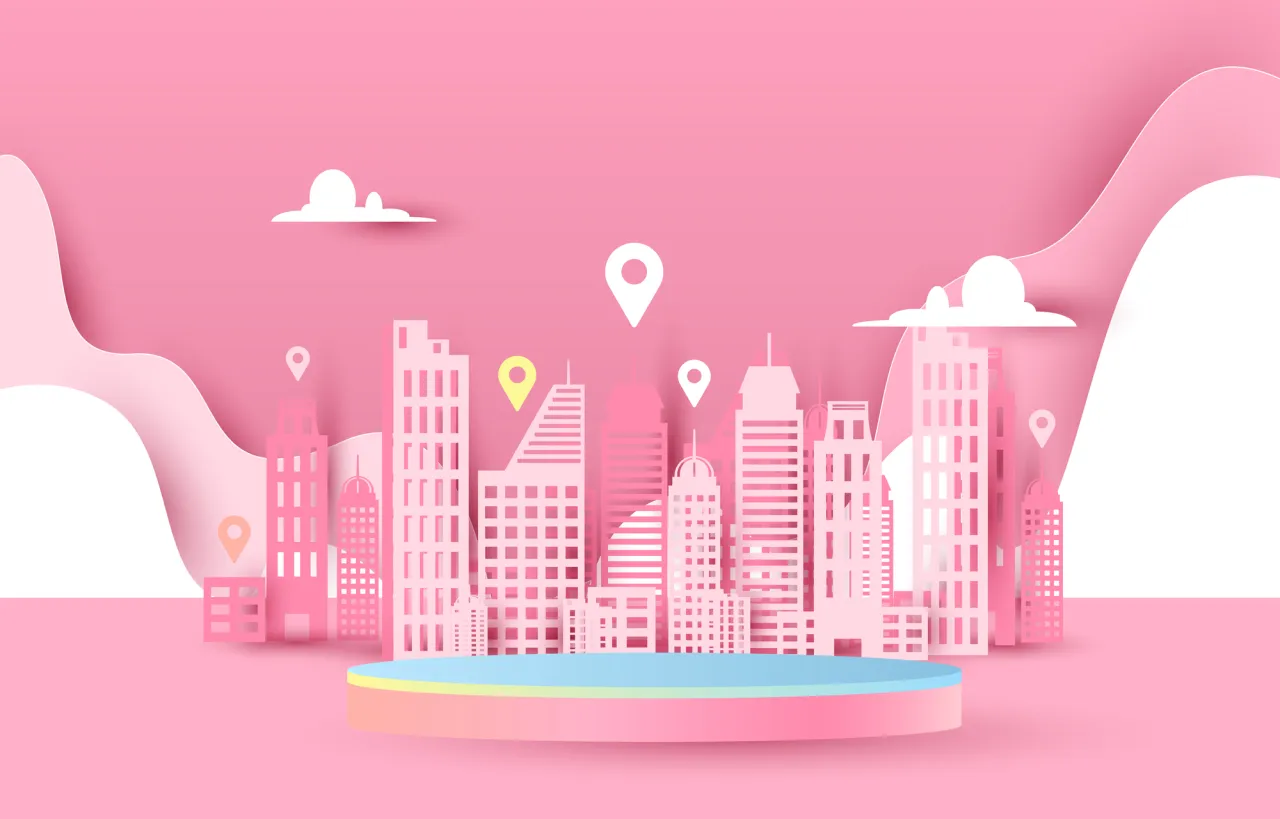Experiential Marketing Explainer: Types, Tips, and Brand Cases
To win clients’ hearts, companies must offer more than a good product. They must create unique brand experiences that their customers will adore and share online to surpass competitors.
In the recent Depositphotos research on digital marketing trends, community marketing appeared among the most promising product promotion approaches in 2024. However, just one form of experiential (or engagement) marketing allows you to reach desirable ROI and strengthen brand recognition.
In this article, we explain the essence of experiential marketing and provide tips on leveraging it in your subsequent campaigns.
What is experiential marketing?
Exclusive one-day brand pop-ups, collaborations with artists who create interactive art objects in public areas, charitable dinners where guests can check out a brand’s newest products, or stealth campaigns at festivals and beaches are all examples of experiential marketing. This type of marketing (other names: engagement marketing, XM, live marketing, group marketing) is based on real-life experiences a business can provide customers with.
The key idea behind experiential marketing is to evoke bright emotions in audiences and let them experience these emotions again by buying goods from a particular brand. Although engagement marketing is almost always offline-based, it is popular among digital brands since they often try to shorten the distance between them and their buyers by reaching them offline—within trade shows, fairs, festivals, exhibitions, or conferences. In turn, when it comes to brands with brick-and-mortar sites and flagship stores, offline campaigns with product presentations and hosted events are often a part of their strategy.
Engagement marketing has several time-proven benefits. This approach is practical for boosting brand awareness and customer loyalty; it also gives your marketing campaign the potential to go viral, which leads to better audience reach with a smaller budget. In addition, experiential marketing gives you an excellent opportunity to study your audience and learn what they think of your product or service.
Learn more about non-classic marketing approaches: Silent Persuasion: 7 Strategies for Successful Stealth Marketing Campaigns.
Why experiential marketing works: Key factors
There’s no scenario for a perfect engagement marketing campaign—you can do anything if it can spark emotions and impress your audience. As a result, they experience a deep connection with your brand that motivates them to share information about it or choose your product among other similar ones. The statistics prove this: 91% of brand event attendees agree that they left experiential sites with positive feelings about products or brands.
It’s crucial that your audience has positive associations with your brand. That’s why one of the best strategies is to work together on solving a negative, such as social issues. For example, you can initiate a local beach cleaning event or plant trees in a new park. Similar ideas can be found here—Green Marketing Tips for Brands Going Eco-Friendly.
Over 74% of customers admitted that they are more likely to buy a particular product after live marketing campaigns. The key reason is that after numerous services became digital-first and brands started communicating with customers more online than offline, real-life interactions with one’s favorite brands became a rare and exclusive event. In addition, we are still experiencing the consequences of the global pandemic contributing to online-first communication. That’s why, after years of online semi-isolation, trends like Back to the streets and The dimensions game are still booming.
5 experiential marketing strategies to try [examples included]
#1 Brand events: presentations, festivals, and awards
Brand case—Apple’s Worldwide Developers Conference
The most traditional and effective way to engage with your audience offline is to hold an event to which you can invite your target audience—over 38% of engagement marketing campaigns are of this type. Here, we are speaking about all types of branded events, such as awards ceremonies, new product presentations, charitable dinners, festivals supported by your brand, opening events, and many others.
As usual, all of them are heavily branded, and their attendees leave events with some branded souvenirs and promo materials that can remind them about your brand later.
#2 Stands and brand activities at third-party events
Brand case—Depositphotos participating in marketing and digital events worldwide
Sometimes, it is enough to organize an engaging activity in the framework of other events. For example, a speech at a niche conference, a photo corner at a huge music event, a kiosk with complimentary wine at a movie premier ceremony, or a pop-up store at a trade event.
The key difficulty here is to stay noticeable for everyone, even people who didn’t come to interact with your brand. The main rule is to be useful to them. For example, you can distribute free branded raincoats at an open-air music festival or provide visitors with pens and notebooks at conferences.
#3 Guerilla marketing campaigns
Brand case—The Spoiler Billboard campaign by Netflix during the COVID-19 pandemic
What’s the best way to stay in the minds of your target audience? Of course, surprise them. Unexpected for people who are passing by, carefully planned guerilla marketing events motivate people to interact with brands out of curiosity.
In most cases, brands are intended to engage with people in crowded places and in a spontaneous way. For example, you can start a dance flash mob on a busy street or open a library in a city park on weekends. Find numerous brand cases and ideas here: Guerrilla Marketing: Creative Strategies for Standout Campaigns.
#4 Brand activation
Brand case—0.0 Barriers by Heineken (a can turned into a payment method for road tolls across Brazil)
For people to interact with your brand offline, it’s not just about designated events or a physical location. You can also give them a chance to choose when they need help from your brand. For example, Heineken 0.0’s campaign in Brazil won a prestigious Silver Cannes Lion for its concept that enabled drivers to pay for tolls with their zero-alcohol beer cans.
To come up with a good idea for your brand activation, you need to get creative and not be afraid of experiments. Campaigns of this type are often about personal customer experience, which means you need to understand their pain points and help them resolve their issues.
Creating collectible and reusable product packaging and allowing customers to participate in creative processes are also brand activation cases. Combine this strategy with warm memories using one of our articles: What Is Nostalgia Marketing And How You Can Use It To Engage Your Audience.
#5 Pop-up stores
Brand case—IKEA Play Café (pop-up restaurant sites outside of IKEA stores)
A pop-up store is perfect for testing new audiences and products with lower budgets. This strategy works well for companies that distribute physical goods or provide services that can be conducted comparably fast (no more than 30 minutes).
You can open a one-day pop-up shop inside your partner’s trading location or in a restaurant, park, or sports site. The general idea is to reach new customers and boost brand awareness. Moreover, if you manage to decorate your pop-up store nicely, visitors will take pictures there and post them online—promoting your brand even more. Another option is to add an activity at the site. For example, if you are a sports brand, you can invite visitors to participate in a ball challenge. More on this topic here: Gamification in Marketing: Engage Your Audience Using Games.
Remember that the best way to get people to visit your pop-up store is to offer them something limited and exclusive. For example, you can issue a thematic product dedicated to the event you’re participating in.
Final thoughts. How to plan your first engagement marketing campaign
Not every experiential campaign requires a huge budget. What’s more important is setting your goals and having metrics to evaluate results. To start your marketing plan quickly, we recommend that you study your target audience and create a list of offline events and places they often attend for professional reasons, to have fun, or to practice their hobby.
Consider that it is always safer to join or support an event organized by someone else than to plan your own. Think of how you can natively integrate your brand into your chosen event. For example, if you produce audio equipment and decide to support a local singing competition, you can add a special award to the list.
At the event, try to study your potential customers and collect insights on their aesthetic preferences, behavior, and ways they interact with your product samples. In the future, that will help you to improve your brand communication and products.
More articles to boost customer engagement:
8 Digital Marketing Trends 2024: Micro-pivoting, Hyper-personalization, and Pricing Revolution
Growing Your Business with Minimal (or No) Money
Boosting Engagement and Performance Through Interactive Animation
7 Examples of How Product Companies Embrace Generative AI to Boost Value Proposition











